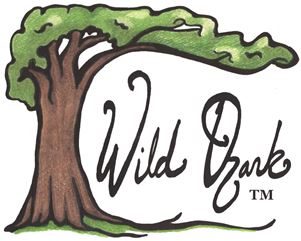“I can’t find ginseng!”
If you’ve been getting frustrated because you can’t find ginseng, this post is for you.
First of all, remember, it’s only legal to dig ginseng in Arkansas from September 1 – December 1. You’ll have to check the rules for your state if you live elsewhere.
There are a few good reasons why you can’t find ginseng when you hunt it. These are the most likely reasons:
- It doesn’t grow where you are looking
- It’s already been dug
- The older roots have already been dug and the tops of younger ones broken off
- Your eyes are just not seeing it
It doesn’t grow where you are looking
Ginseng only grows in certain areas of the United States. Here’s a map that shows the natural distribution for American Ginseng: https://plants.usda.gov/core/profile?symbol=PAQU&mapType=nativity. Within the states highlighted on the map, it only grows in the areas that provide the proper habitat. Some of the listed states have a very limited amount of suitable habitat.
For example, although Louisiana is one of the listed states, the area in that state that supports the habitat ginseng requires is extremely small. If your state isn’t listed in that map, then it’s not likely that it grows there at all. You can’t find ginseng if it doesn’t grow there in the first place.
Although there are many suitable places in Arkansas, not all of the state, nor even whole counties, has the right habitat. Even on our own property, located in a county with plentiful habitat, of all the acres we own only a small portion of it is suitable. If you can’t find ginseng, the first thing to check is if you’re looking in the right places.
It’s already been dug
Areas that were once perfect have no ginseng left because too many diggers took too many plants without replacing seeds. And they’ve often taken plants out of season when seeds weren’t even ripe. So even in a spot that shows all the signs of having good habitat, it’s likely you can’t find ginseng because there’s no ginseng left there to find.
The older roots have already been dug and the tops of younger ones broken off
Many seasoned diggers, the ones who come back to a spot year after year, break off the tops of remaining plants when they’re done taking what they want. They do this so anyone who comes after them to that spot won’t see any ginseng to take. While this isn’t ideal for the plant’s health, it sure beats being dug. Usually the diggers who do this want to ensure the patch continues to survive to provide roots for the future. If you can’t find ginseng and all other conditions are right, it might be because someone doesn’t want you to find it.
Your eyes are just not seeing it
I have covered this issue in an earlier post when I mentioned how hard the plant is to see. Usually it’s only the first plant that’s hard to find. Once you’ve found one, it seems to train your eyes to see them so finding the next ones are easier. That’s how it works each time I go into the woods to look for them. Find companion plants first. It at least narrows down the search for suitable habitat. If you don’t see any companions, odds are you can’t find ginseng there either.
Companion plants (plants that grow where ginseng grows) will usually be in the right habitat even if the ginseng is not. Most of the time, these companion plants, also called pointers or indicator plants, are easier to find than the ginseng.
In summary, if you know the habitat is right for ginseng and have spotted the companion plants that indicate proper habitat, if you still can’t find ginseng the chances are good that it’s just not there or your eyes aren’t seeing it (because either the stems are gone or it’s hiding right beside you and you just can’t see it).
Here’s my book on the look-alikes. It’s a great guide to help you figure out if the plants you find are ginseng or one of the other look-alikes.
Other Posts You Might Like
Do you have a question about ginseng?
If I can’t find the answer, I might be able to find someone else who knows.


Pingback: Ginseng FAQ
Pingback: How to Find Ginseng
Pingback: Questions About Ginseng